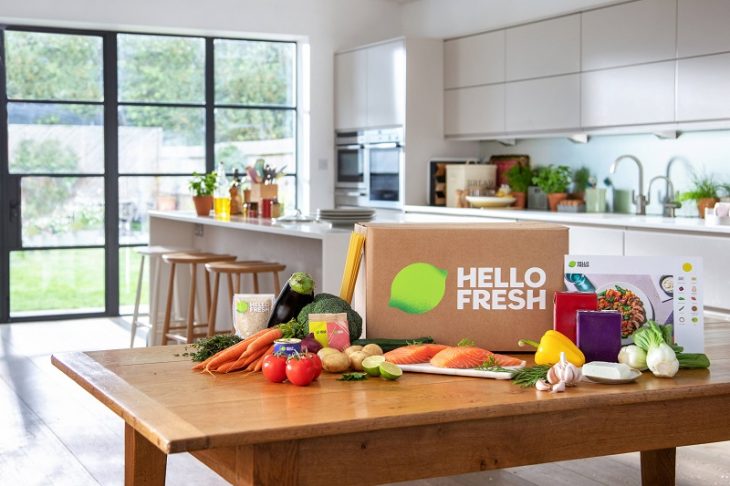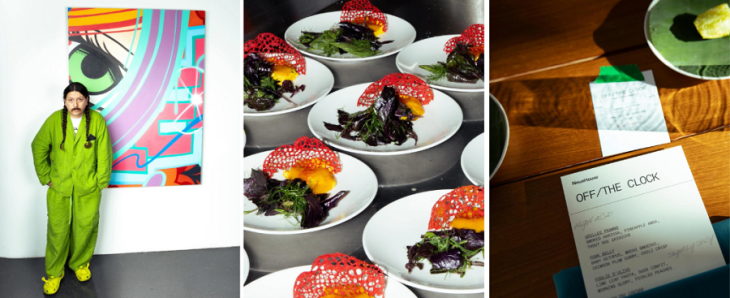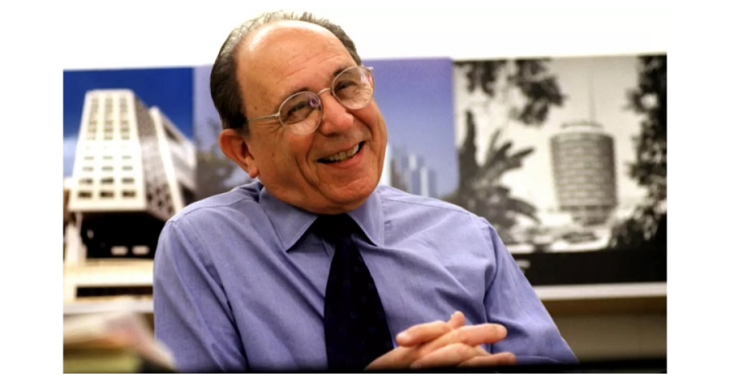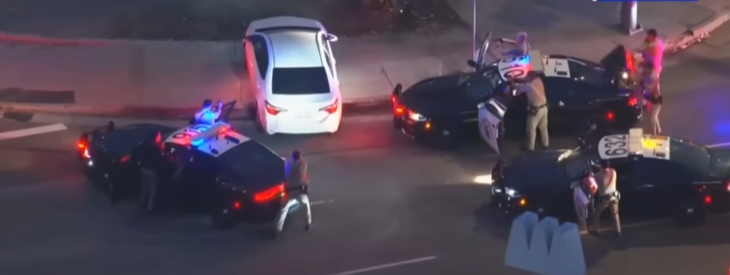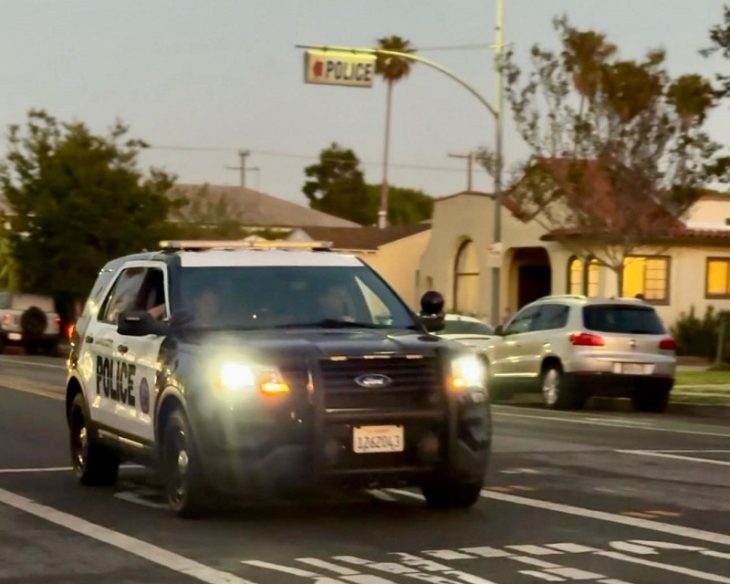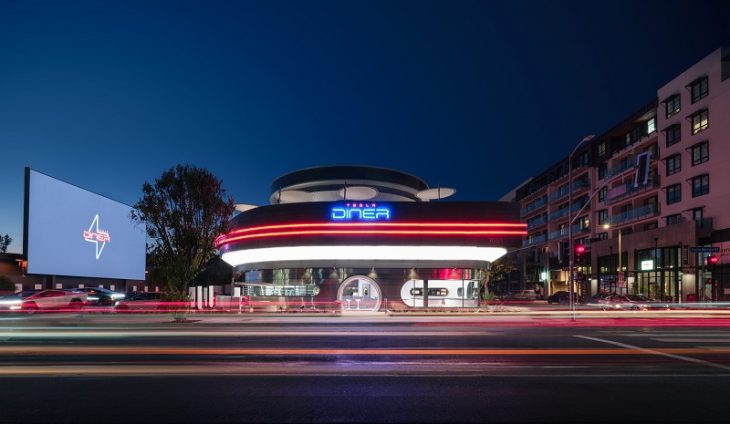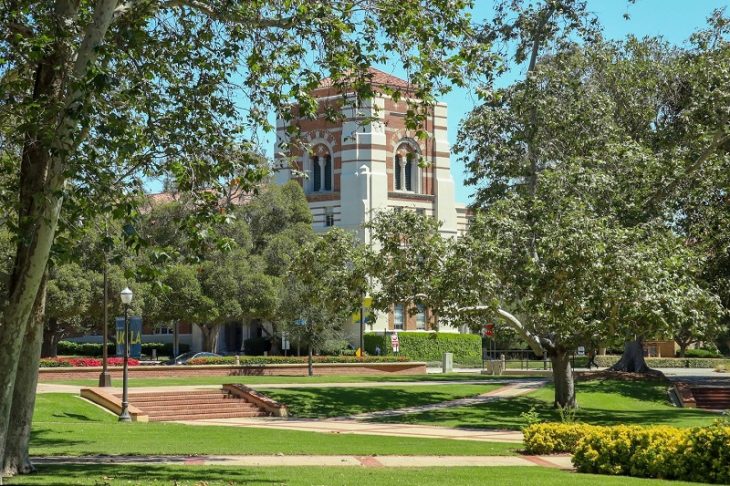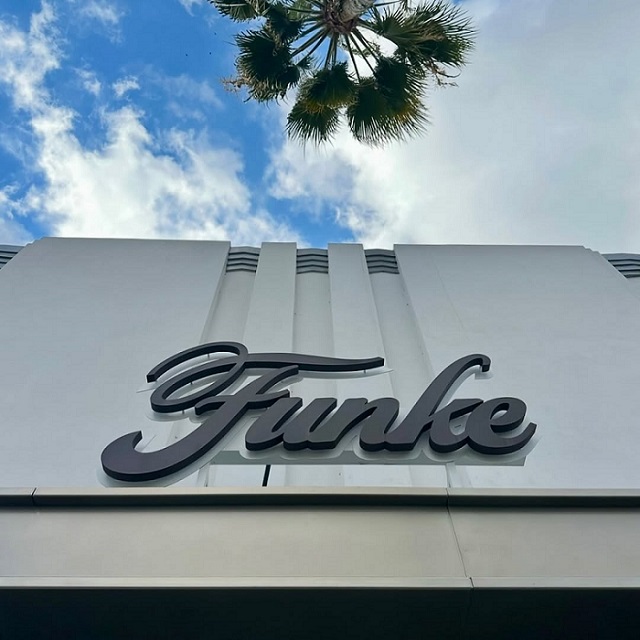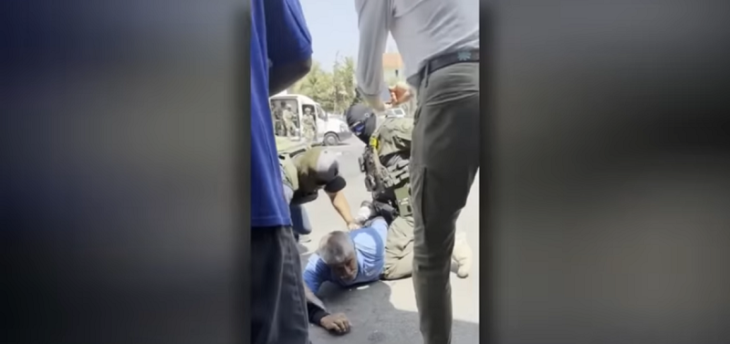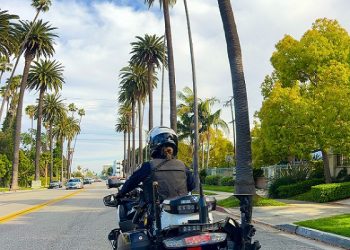A new program that uses smartphone technology to help identify COVID-19 cases and subsequently alert people to possible exposure to the virus will soon be available to the UCLA community.
CA COVID Notify, which is managed by the state of California and uses the Exposure Notifications System jointly created by Google and Apple, permits a user who tests positive for COVID-19 to quickly and anonymously notify close contacts that they may have been exposed to the virus, thus allowing them to seek medical attention and reduce risk to others.
Notifications are sent only to people who have opted in to CA COVID Notify.
The CA COVID Notify pilot was launched at UC San Diego and UC San Francisco in mid-September. Although the technology does not allow tracking of users, it is estimated that there are more than 20,000 users from those campuses. The pilot expansion is scheduled for Nov. 16, and it will add UCLA, UC Berkeley, UC Davis, UC Riverside and UC Santa Barbara.
“This is an exciting opportunity for the UCLA community to help protect others by reducing COVID-19 transmission, and we highly encourage all students, staff and faculty members to activate it once the pilot begins,” said Michael Beck, administrative vice chancellor and co-chair of UCLA’s COVID-19 Response and Recovery Task Force. “The more users we have, the more effective this tool will be.”
On Nov. 16, all students, staff and faculty will receive an email from UCLA inviting them to join the pilot by activating a setting on their iPhone or downloading an app on their Android device.
When a person opts in to using CA COVID Notify, their phone is assigned a random identification number that changes every 10-20 minutes minutes. When two phones participating in CA COVID Notify come within six feet of each other, they exchange IDs — without names or locations attached. Bluetooth technology commonly used to wirelessly connect smartphones to earbuds must be turned on to exchange IDs between phones.
How it works for students:
- If they tested at UCLA and are positive, they will be notified via email or text message and will be called by the UCLA Exposure Management Team with further instructions
- A contact tracer will generate the code, with the code distributed via smartphone
- Individual will enter code into their app and follow the instructions
How it works for staff and faculty:
- If they tested at UCLA and are positive, they will be contacted via email or text message and will be called by a UCLA COVID call center nurse with further instructions
- UCLA Exposure Management Team will call separately and will generate the code, with the code distributed via smartphone
- Individual will enter code into their app and follow the instructions
Members of the UCLA community who choose to share their positive tests using CA COVID Notify must have had their tests conducted at a UCLA-connected testing site.
Once the keycode has been entered into the system by the user, CA COVID Notify will then alert other users who were in close contact. Close contact is defined as being within six feet of an infected person for a cumulative 15 minutes or more within a 24-hour period.
“By voluntarily sharing a positive test result, the user allows the system to notify other users who were in close contact with them and who may have been exposed to the virus,” said John Bollard, co-executive director of the Ashe Center, which has recently begun conducting approximately 10,000 COVID-19 surveillance tests each week as part of ongoing efforts to reduce the impacts of the virus. In addition to a notification, close contacts will also be given instructions for next steps.
CA COVID Notify preserves privacy at each step. Joining the pilot program is encouraged by UCLA, but is entirely voluntary. An individual can choose to turn the setting on or off at any time on their iPhone, or uninstall the app on their Android device. The system does not collect, track or store users’ location, GPS information or personal information.
To learn more about the privacy protections visit the CA COVID Notify privacy policy and in the descriptions of the underlying technology from Google and Apple.
These notifications are designed to be quicker than traditional contact tracing efforts, thus improving the speed at which a potentially exposed user can isolate themselves from others and make arrangements for testing, said Beck, noting that the app complements existing contact tracing and is not designed to replace it.
Rebecca Kendall/UCLA



